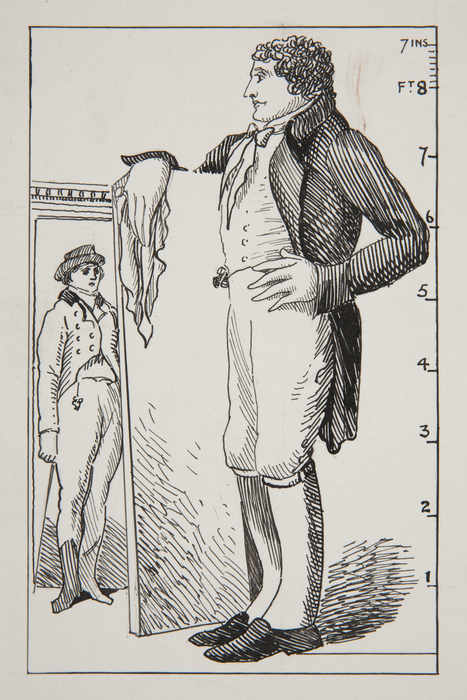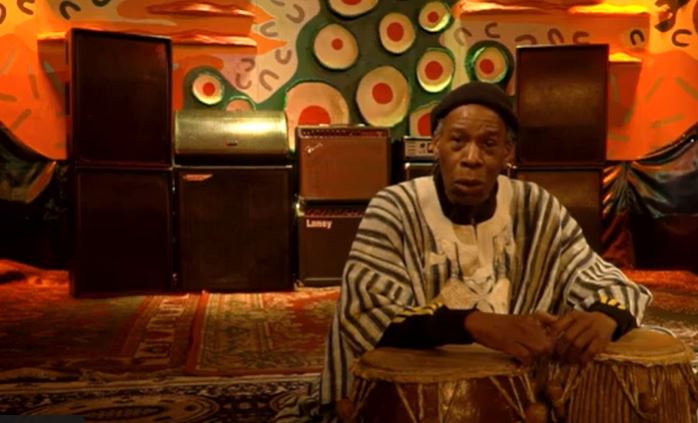Disabled creatives and Bristol Museums
Posted on by Saffron Smolka.
UK Disability History Month takes place from 16 November to 16 December. One of the aims of the month is to raise awareness of Disabled people in society and to advocate for disability equality.
Some Disabled people are creatives whose work has been under-represented in museums throughout history and still is today. Representation matters; it changes people’s lives and can only benefit everyone – now and in the future. Cultural and creative spaces are a great place to celebrate diversity. Historically, museums and galleries will, of course, have displayed creations by Disabled people. However, their experience of being a Disabled creative and how this may have informed their work, is seldom-heard. Their stories often remain hidden. This exclusion not only deprives these individuals of opportunities, but also robs society of a richer, more diverse understanding of lived experiences.
The work of Curating for Change in UK museums
Curating for Change, a project exploring museum collections for overlooked stories from Disabled people’s histories and creating events and exhibitions, seeks to uncover and celebrate these stories. Bristol Museums is one of the 20 museums involved in this project. Curatorial Fellow, Jo Barlow, and Curatorial Fellowship Assistant, Freya Purcell, have been busy finding, researching and celebrating disabled Bristolians throughout history.

MB2999: Drawing of Patrick Cotter O’Brien
This has resulted in the ‘Concealed/Reveal: Disabled, D/deaf and neurodivergent artists driving creativity’ exhibition running at Bristol Museum & Art Gallery until 24 April 2024. Throughout the exhibition some of Bristol’s own artists and creatives are represented, including painters such as Anthony Rossiter or Bertram Hiles.
One of curatorial assistant Freya Purcell’s favourite figures from the exhibition started life 341 miles from Bristol but came to call the city his home. Standing at 8 feet 3.5 inches, Patrick Cotter O’Brien made a living in the 18th century as a performer. It was in Bristol that he was first recorded performing at the Full Moon tavern in Stokes Croft.
Evidence suggests that while Cotter’s size brought him financial freedom, it also brought challenges within a society that often looked unkindly on physical differences. He avoided going out during the day, likely to avoid the unwelcome attention he often received. Like other noted people who were unusually short or tall at the time, he was afraid his body would be seized by scientists once he died. But in Bristol he found solace and friendship. Indeed, it was one such friend who saved the items the museum now displays in celebration of this canny showman.
Bristol Museums Learning resources for young people and their educators
In addition to the exhibition and wider ranging work to discover and showcase creatives with disability in our collections and our city, Bristol Museums’ Learning team is developing teaching and learning resources that explore the work of creative practitioners from diverse backgrounds: Creative Bristol.

Norman Stephenson aka ‘Rubba’. Teacher of African dance and drumming.
The Learning team offers a wide range of workshops, resources and support to schools, colleges, and home educators both on site and online. Last year, they commissioned three films about Black Bristol Creatives, kickstarted by a donation from a Bristol resident who wanted to make a positive contribution to young black people being able to see themselves in creative careers.
Following on from this the Learning team has recently commissioned four more films to showcase underrepresented creative practitioners that celebrate the talent of Disabled professional artists in Bristol today. These four short films are now showing at Bristol Museum & Art Gallery and on Bristol Museums’ website. They feature a dancer, photographer, artist, and illustrator (tattooist), providing a small insight into the work of each practitioner, what motivates them, and what they gain from their craft.
The aim of these resources is to showcase the diversity of our creative city and show children and young people the wide range of creative activities taking place across Bristol. At a time when provision in schools in music, arts, and cultural programmes is increasingly limited, there is a worry that fewer young people will consider careers in the arts. We hope that these resources inspire children, young people and teachers to get involved in more creative activities and broaden their ideas about possible career pathways.
Including under-represented creative practitioners in our Learning resources, and highlighting the work and stories of Disabled, D/deaf and neurodivergent artists in the Concealed/Reveal exhibition, also means children and young people can explore the lived experience of disability and the diversity of disability.
Curating for Change is delivered by Screen South through its Accentuate Programme and is funded by National Lottery Heritage Fund and Art Fund.